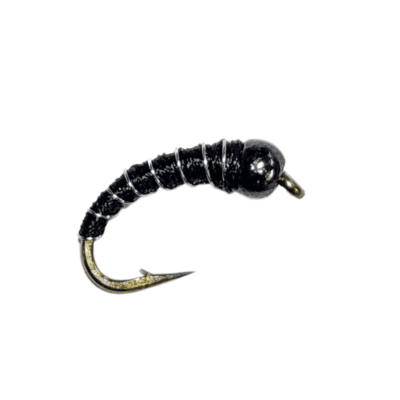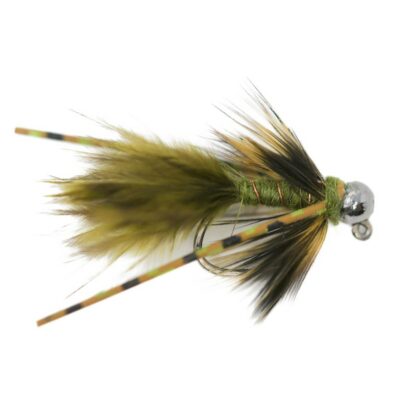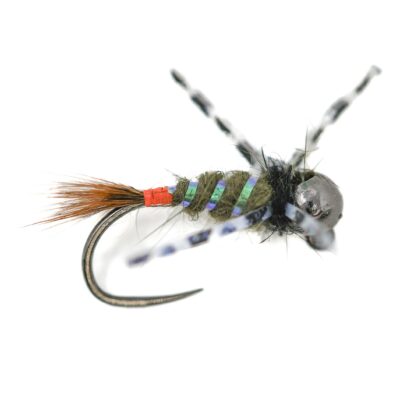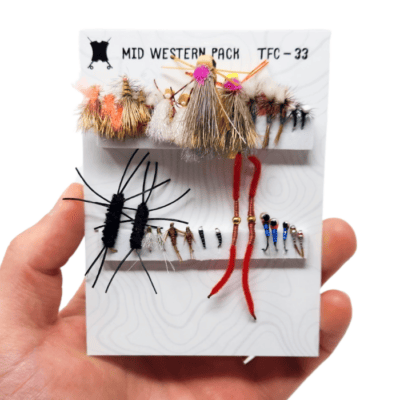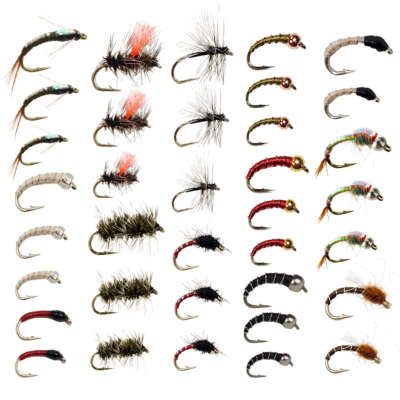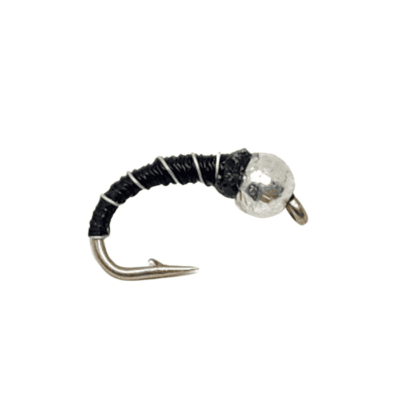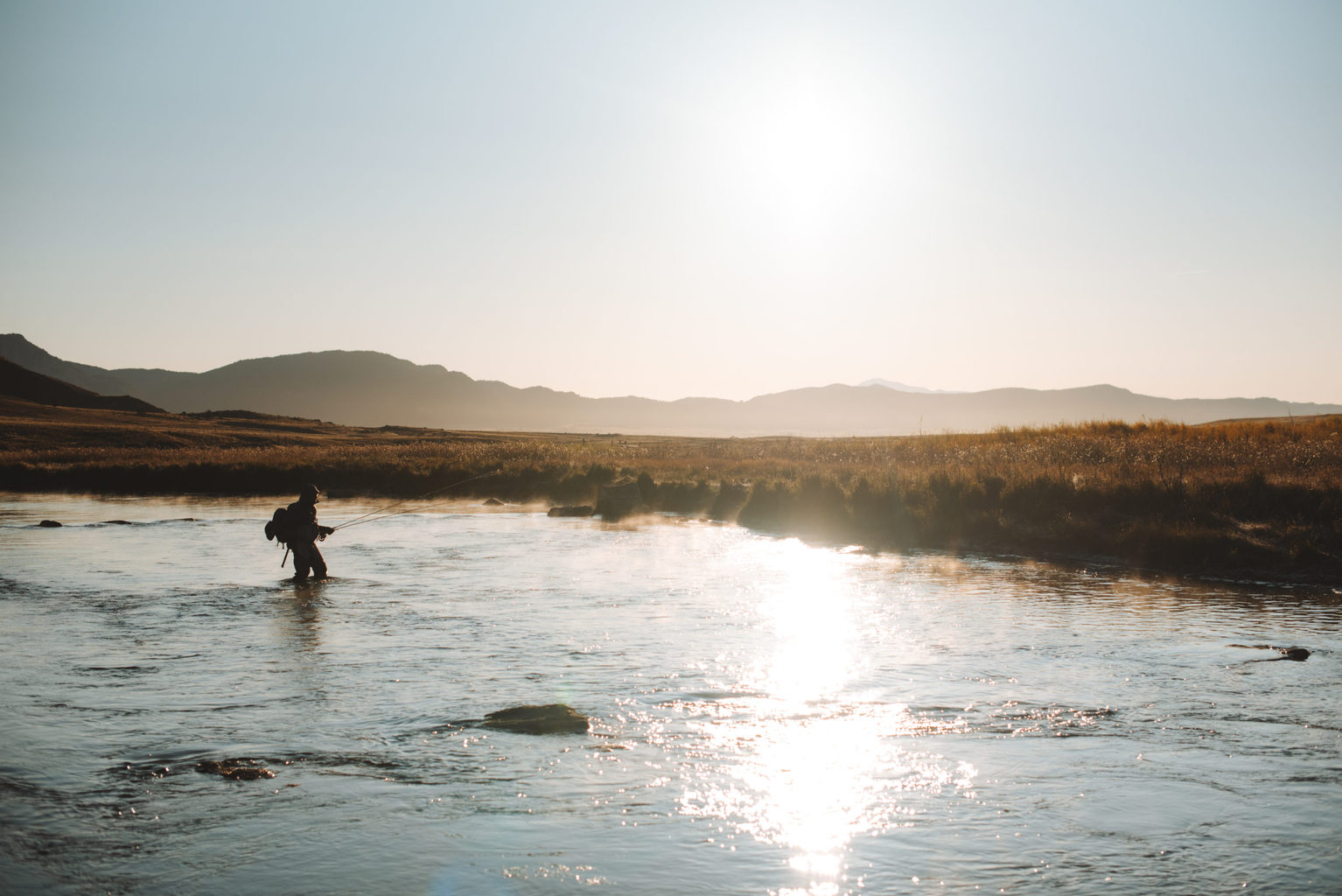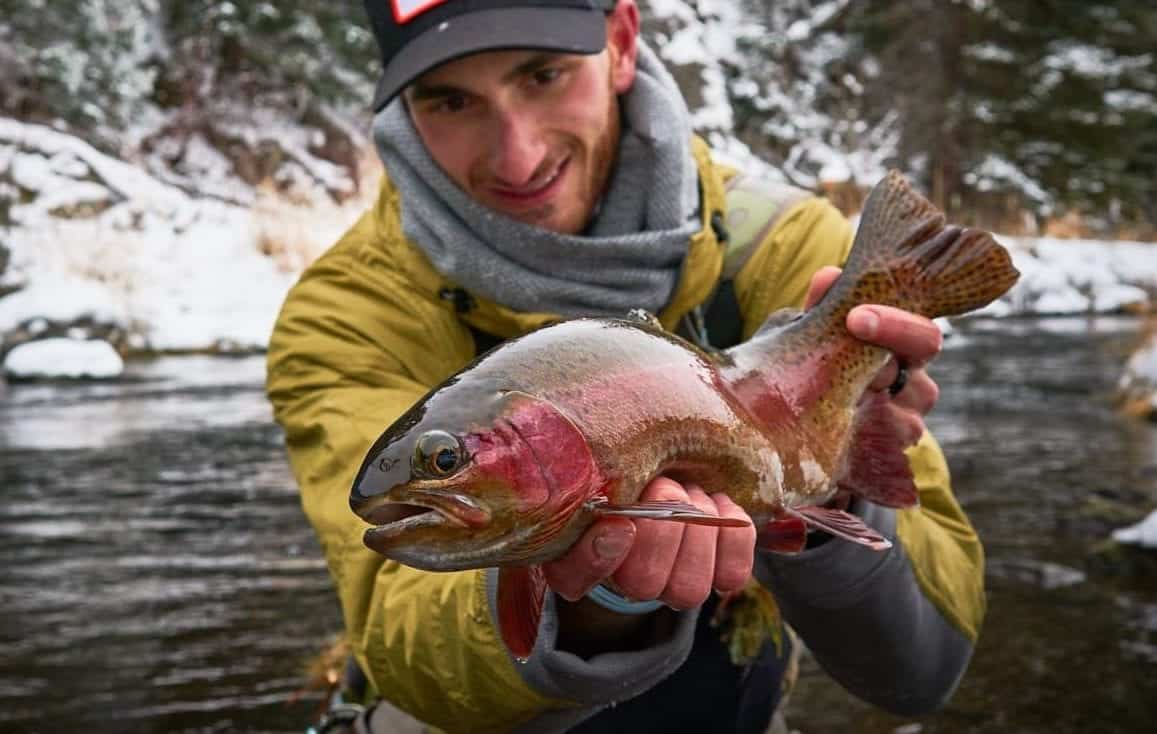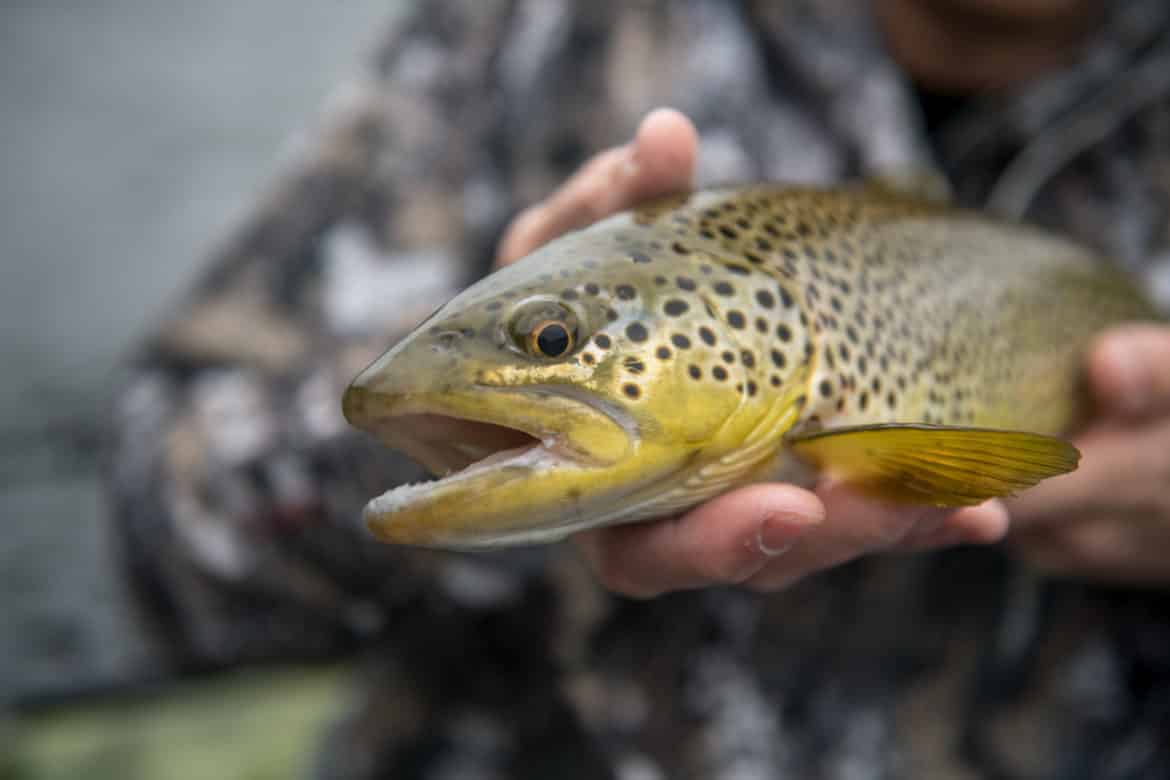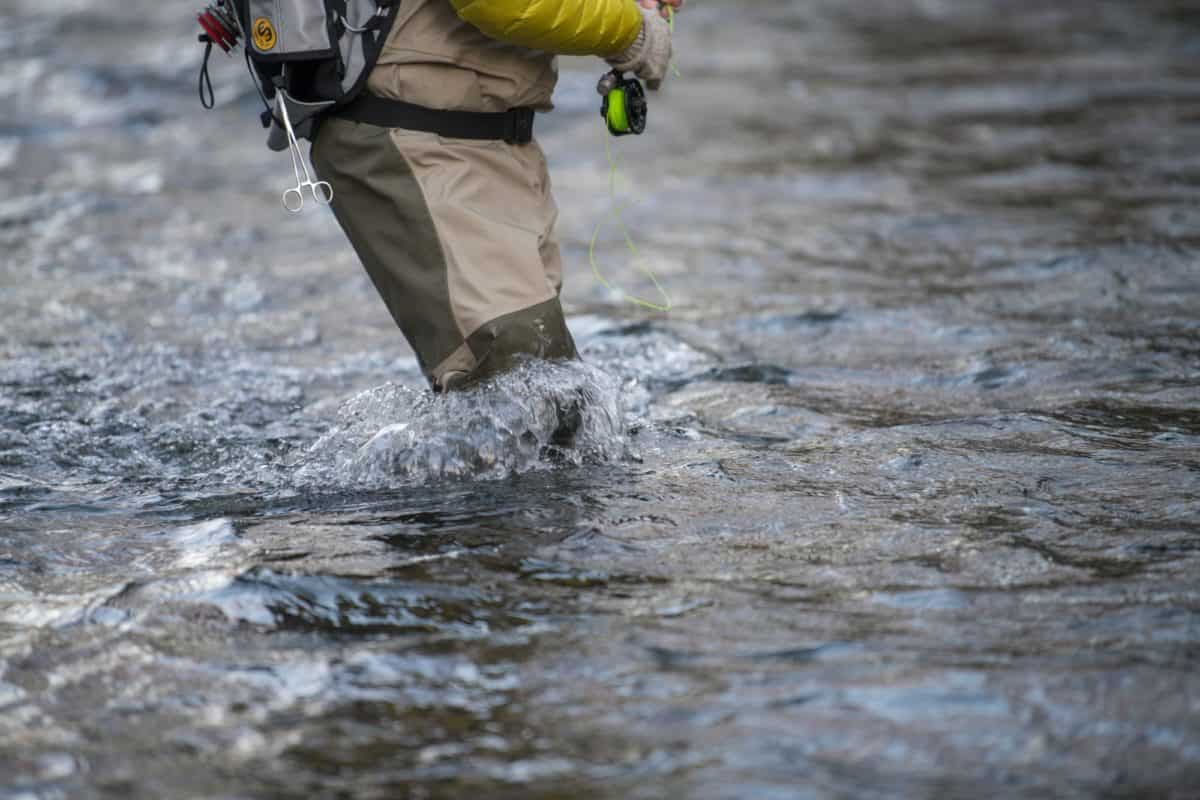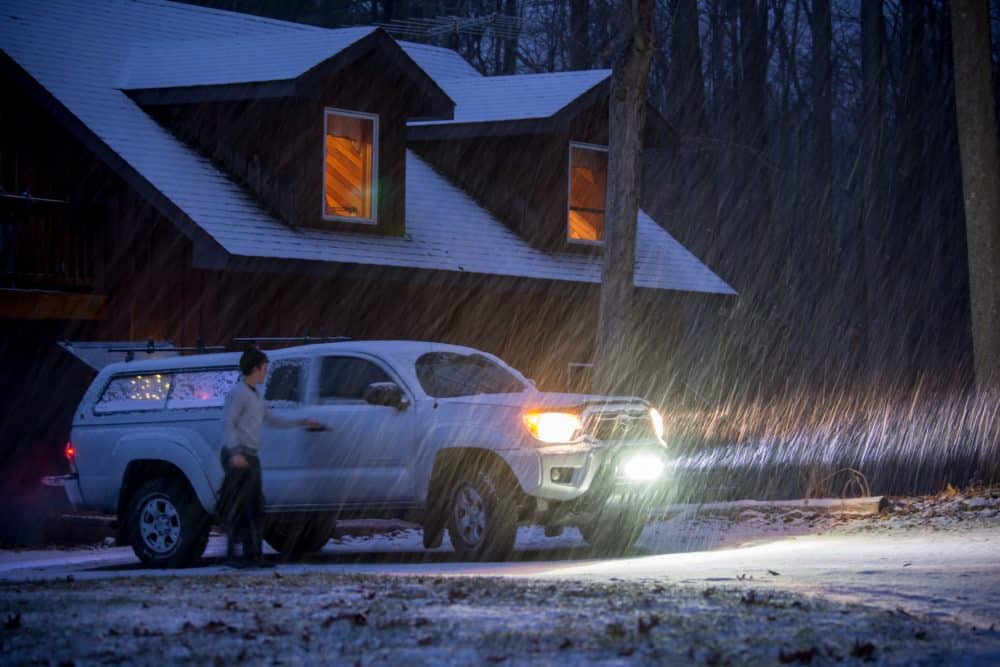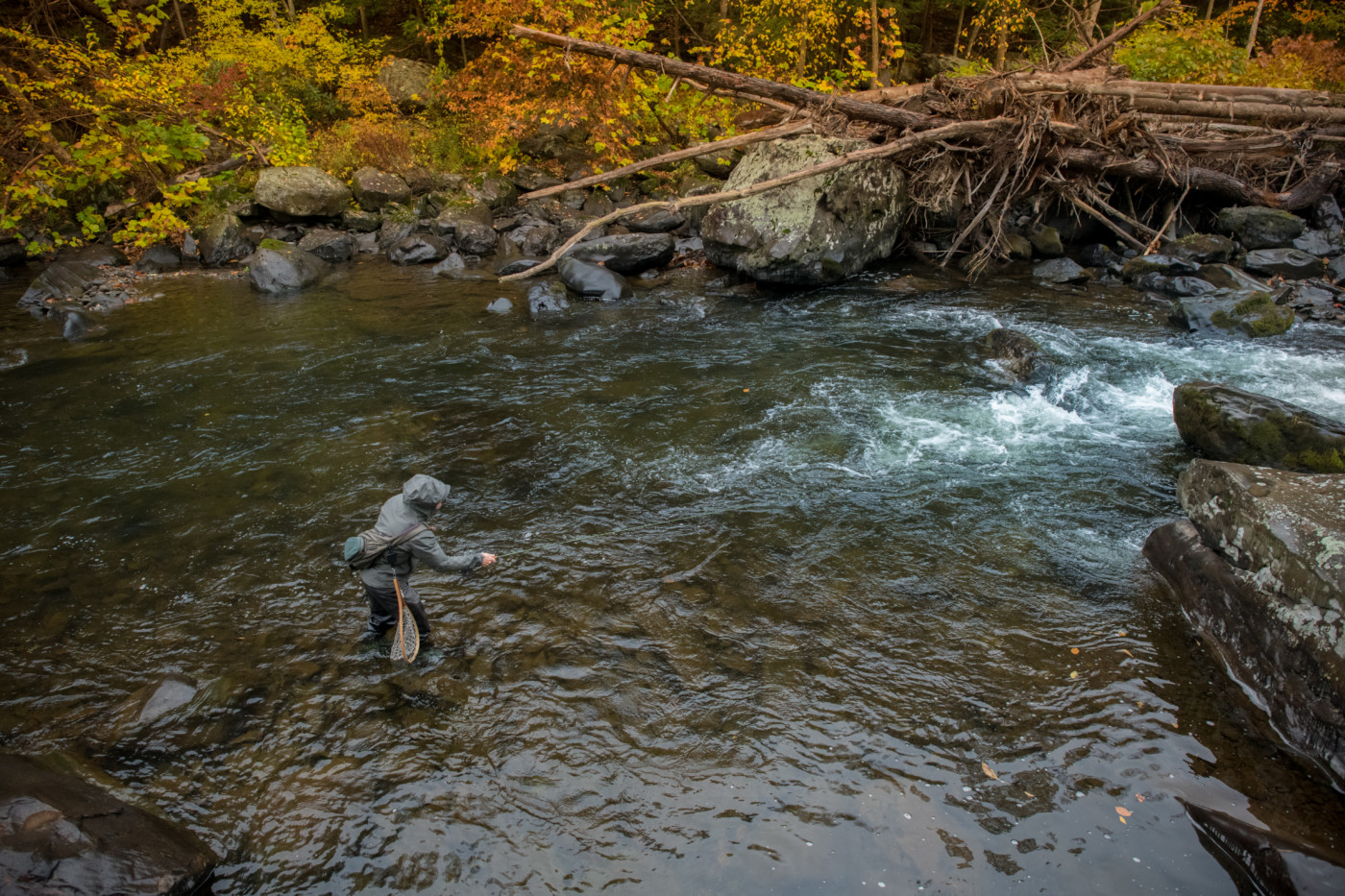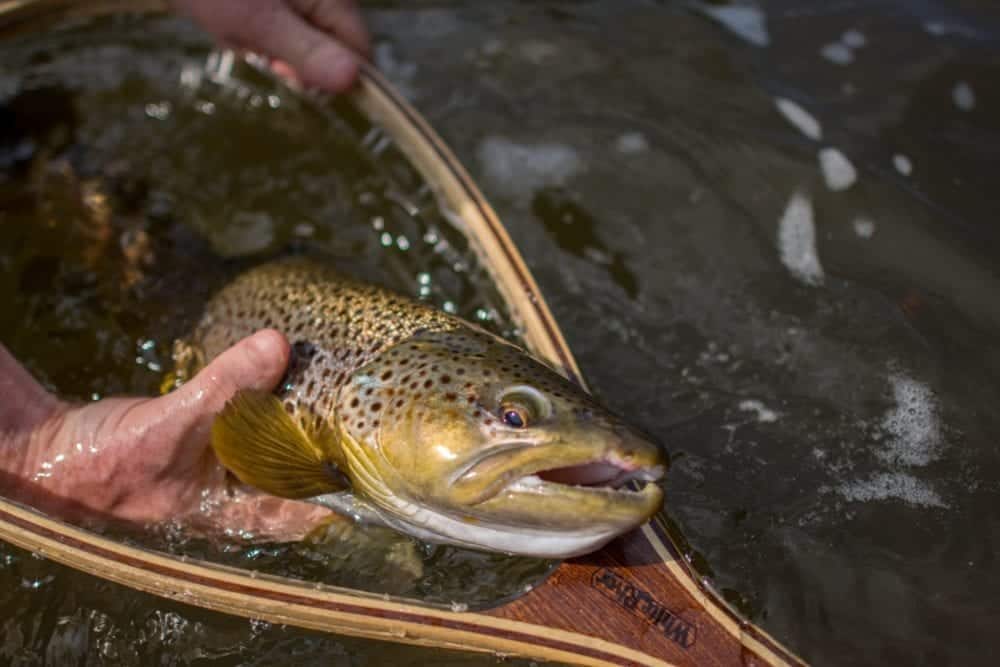4 Common Winter Fly Fishing Questions All Fly Anglers Have
1. When is the best time to go fishing?
I get this question a lot and it all has to do with your daily schedule and water temperature.
[A.] Go when you find time. If you can find the time to go fishing, do it.
[B.] Water temperature dedicates everything. Fish and insects will tend to be more active on days where water temperature is 40° and warmer. Skip days when water temperature is below 39°. Trout will rarely feed during these temperatures.
You don’t have to go to the stream to find out what temperature it is. Odds are, you can do a quick Google search and find local stream data from the United States Geological Survey (USGS) website.
2. Why is nothing biting?
There are so many different factors in the winter to this and, honestly, the first place is to start is with your presentation. Now, I’m going to assume that you are fishing with one of our nymph flies and in a place you know to have fish.
The two largest causes of being ‘skunked’ I see everyone having is line control and depth. Here’s why.
[A.] Trout hug the bottom of the stream in cold temperatures. As a result, you want your flies too, as well. If you have not gotten one strike, add weight and adjust your indicator (if you’re using one) so your flies go deeper.
[B.] After that, actively mend and reposition your line to give your nymphs the best chance in drifting downstream as naturally as possible.
Line control also goes hand-in-hand with controlling your line to the point where you can respond to takes and strikes as quickly as possible, which is almost always caused by having too much line on the water.
3. What are the best flies for winter?
In my experience, fly selection is less important than presentation. What flies to use always comes down to the time of year and what major sources of food are found in your local waters.
But, if you want to catch fish while fly fishing in the winter, small nymphs are usually the way to go. Over 80% of a fish’s diet is made up of larvae, pupae, and nymphs. Any nymph will do—trout aren’t really that picky just keep the size and shape reasonable to what’s found in the stream.
Small Nymphs: Size #16 – #22
We suggest small nymphs because that is what is most abundant. Let’s also not forget that midges are a safe bet, too. Over 50% of their diet will consist of midges.
4. Should I even try fly fishing dry flies in the winter?
Unless you’re fishing tail-waters and streams that remain a stable temperature year-round, I wouldn’t bother. Although, there are those rare cases where you’ll find trout rising to midges or Blue-Winged Olives. It never hurts to have a few on hand in those rare cases.
Fly Fishing Made Easy 👍
Our Quarterly Fly Club ships 1,000’s of flies to anglers all across the United States. Receive curated fly assortments selected for the season with in-depth articles on how to fish them. Great for beginners to learn and for intermediates to discover new flies.


